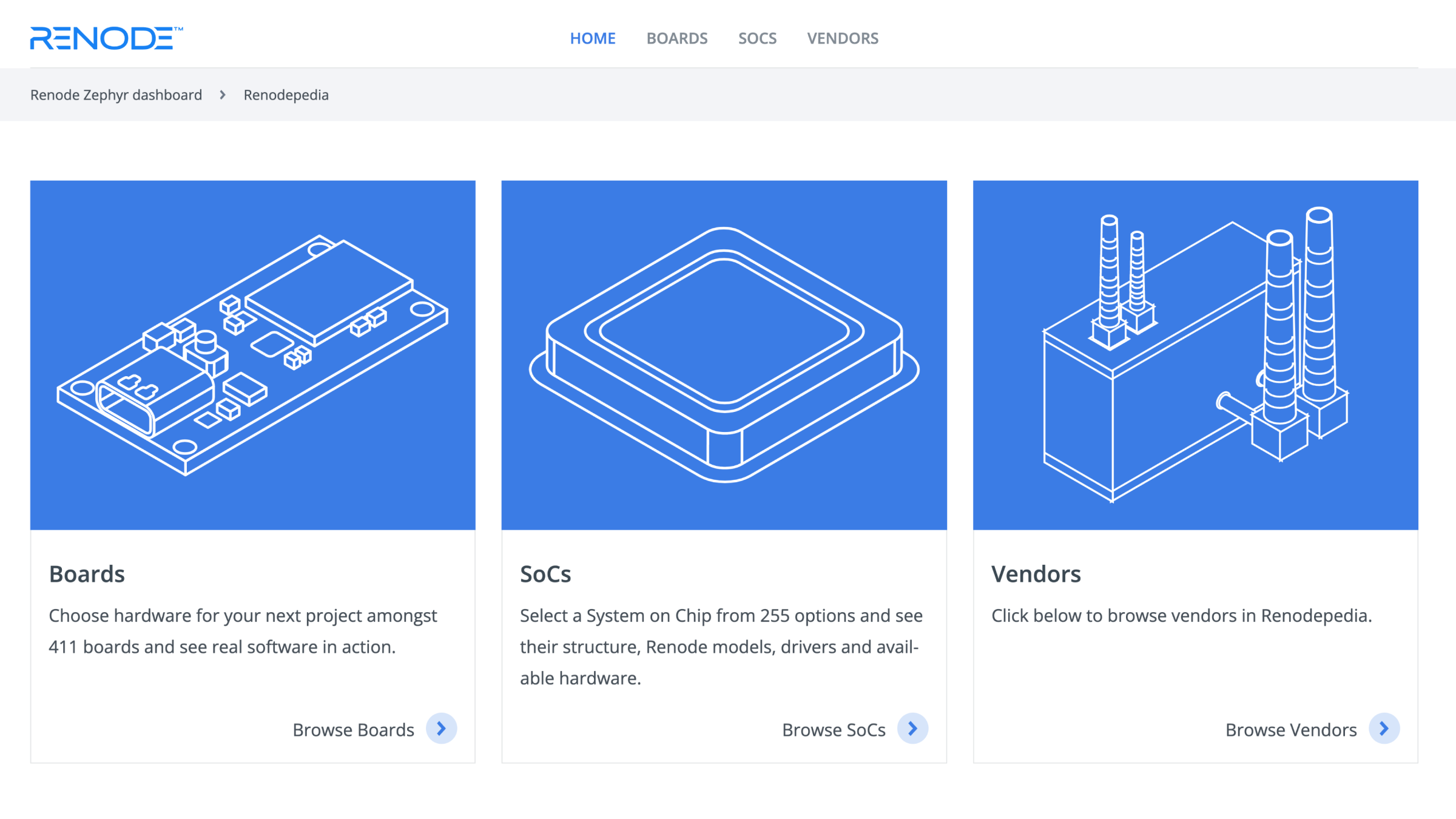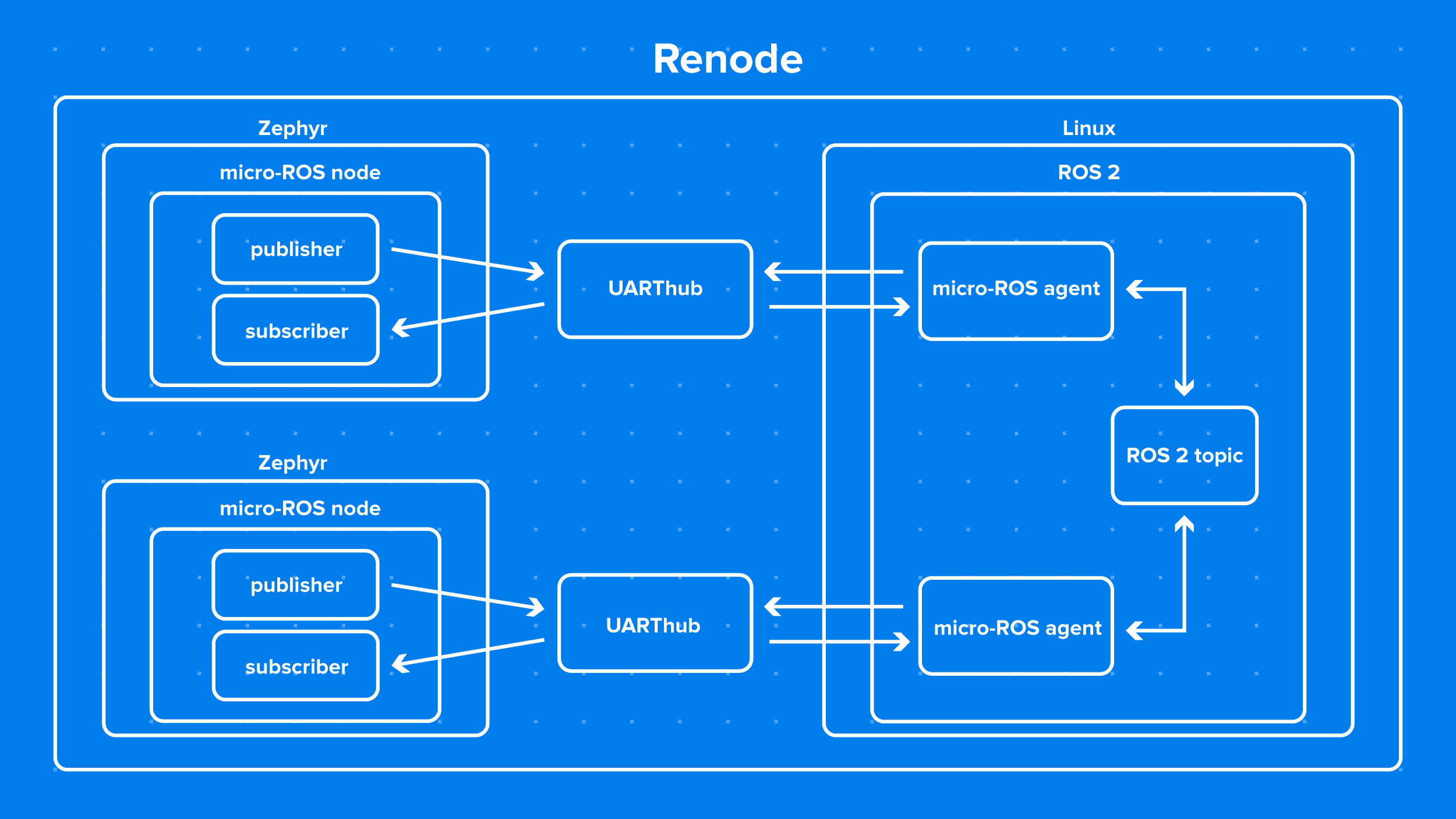Sep 2
2022

The abundance and diversity of hardware platforms brought about by the growth of ARM, RISC‑V and the open software ecosystem presents unprecedented opportunities to product makers and developers. With a variety of I/O interfaces, processing capabilities, power characteristics and more, hardware can be ideally matched with its target use case. Read more
Aug 23
2022

For many years now, Antmicro has been helping its customers build physical device systems based on a wide variety of System-on-Chips. Many of these projects involve the use of the Renode open source framework, which offers a great advantage in product development and testing in all stages of the product life cycle, from pre-silicon prototyping to continuous integration and interop testing in field-deployed devices. Read more
Jul 19
2022

In testing environments, determinism is key - having our application run the exact same way every time regardless of outside influences is crucial to long term stability and trustworthiness of the test suite. That is why Renode, our open source simulation framework, focuses on providing the capability for deterministic testing of hardware systems in software. Read more
Jul 13
2022

Renode is Antmicro's open source, multi-architecture hardware simulator that has been helping our customers to develop countless complex hardware models over the years. Renode allows you to run the same software you would use on real hardware. To achieve this, it provides users with a multitude of built-in models of boards and SoCs, which mimic their physical counterparts. To give users even more customization options, we have developed support for multi-core CPUs having access to different devices under the same bus addresses. There are many use cases for this feature, with the most prevalent being security. In this note, we will describe how we implemented the possibility to isolate address spaces within a single SoC for security and other use cases, as required by our customers' usage of Renode. Read more
Jun 17
2022

Debugging is an integral part of the embedded systems development process especially in the context of userspace applications running inside an OS, where it can be difficult to follow the flow of the code. Read more




